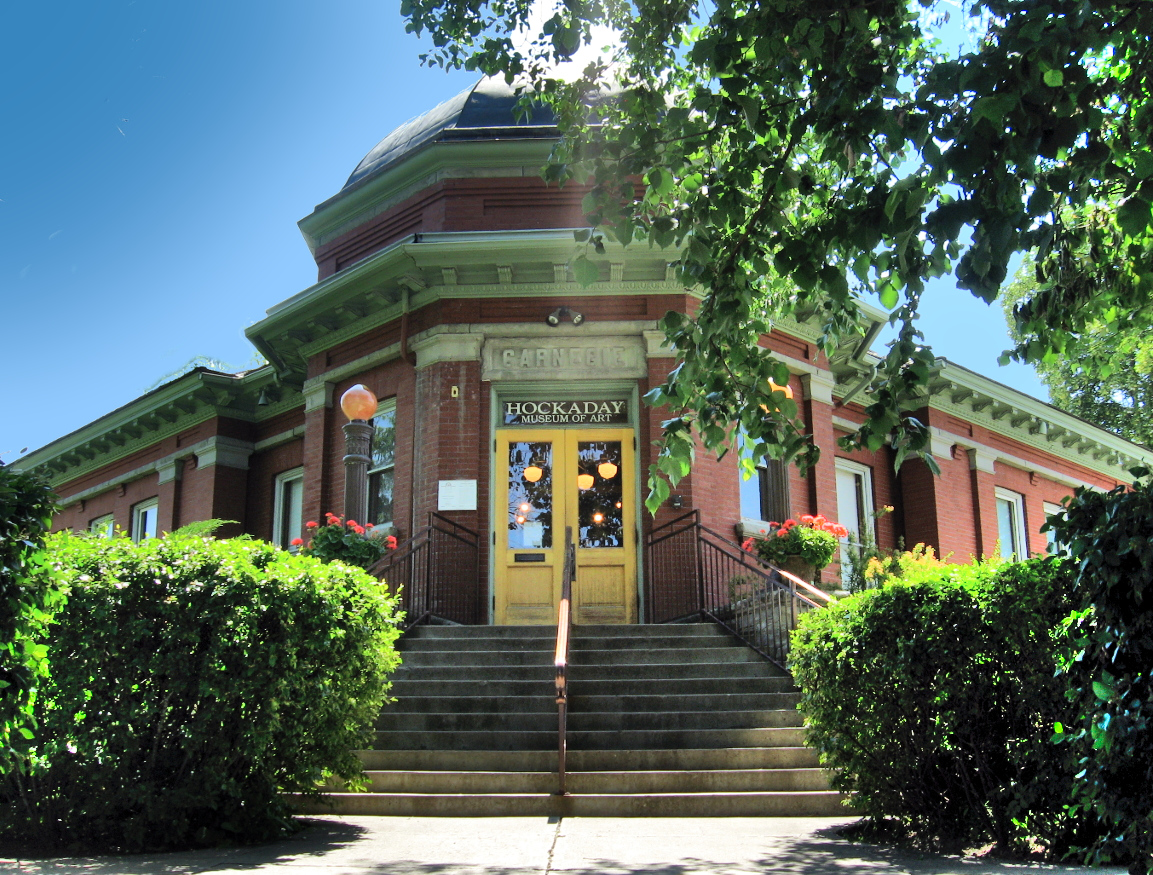“There is no greater wisdom than kindness.” “There is no greater gift than the gift of knowledge.” Indeed, there are many adages about “wisdom,” “knowledge” and “gifts.” And on Dec. 26, 1901, a kind (and timely) gift was bestowed upon the city of Kalispell, when wealthy industrialist Andrew Carnegie sent a letter to confirm his $10,000 donation for the construction of a free public library.
Kalispell banker J.H. Edwards conferred with Carnegie’s philanthropic organization in New York and helped secure the donation. And the result was nothing short of an architectural masterpiece, an honored place of learning and knowledge for generations, and a vestige of Carnegie’s own “rags-to-riches” affirmations.
Carnegie came from humble beginnings. He once worked as a messenger boy for the Ohio Telegraph Company at Pittsburgh. He was sharp and ambitious, but his future seemed nonetheless dull and drudging, much like the menial work he endured – until he met Colonel James Anderson.
Col. Anderson was a man of prominence in Allegheny, Pennsylvania. Anderson was indeed wise and kind in his own right and opened his personal library to working boys on Saturday afternoons. Carnegie discovered a wealth of knowledge in the books he borrowed from Col. Anderson each week – and applied what he learned to ultimately forge an empire in the steel industry. Carnegie amassed unfathomable wealth (he was once the second-richest person in the world), yet he remained unabashedly indebted to Col. Anderson.
In 1901, he sold his Carnegie Steel Company to financier J.P. Morgan. Carnegie retired with a sum that would be worth about $6.5 billion dollars today. He gave up his business pursuits believing “it is the mind that makes the body rich” and devoted himself to philanthropy and enriching society. Carnegie also believed in “helping those who help themselves,” much as he did in his early days with books from Colonel Anderson’s library. Thus, he offered his generous donation, but required that city officials provide the land for the library and allocate funds for future operations and maintenance.
The Carnegie Library at Kalispell is one of 17 that were built in Montana, and one of more than 2,500 libraries that Carnegie funded throughout North America, Europe and the Pacific (including one in Fiji). It was designed by Montana architect George H. Shanley, who notably designed many other fine structures throughout Montana that are listed on the National Historic Register.
The library opened on Jan. 12, 1904 with over 4,000 mind-whirling volumes and a large crowd of people from all over the Flathead Valley who eagerly waited outside in the cold. The library continued to house books and periodicals within its walls until 1969, when the library moved across the street and the Hockaday Museum took up residency.
Architecturally speaking, to some, a place of enlightenment with a prominent observatory-like dome, a massive brick-and-stone construction providing a solid foundation, and the word “Carnegie” engraved in the lintel at the front entrance, may seem like clichés. But such an opinion ignores the ingenuity, craftsmanship and cultural significance of the library.
The Carnegie Library is worth a visit (if not only for the fine artwork on display inside), for it can still help us learn about the ideals of education, community, and architecture from one of the last chapters of The Gilded Age in Montana history.
Jaix Chaix appreciates history and architecture. You can share ideas and facts with him at [email protected] or at facebook.com/flatheadvalleylandmarks. He is also the author of Death in the Valley: Odd Tragedies in the Flathead Valley, Montana 1887-1917.
